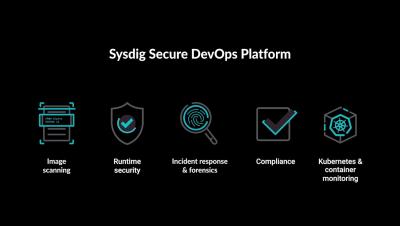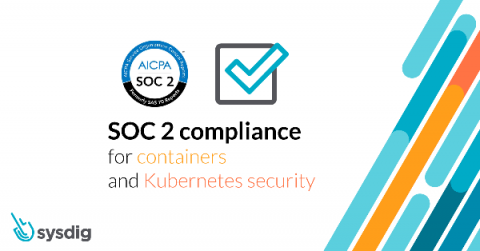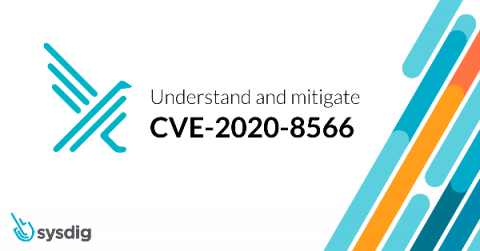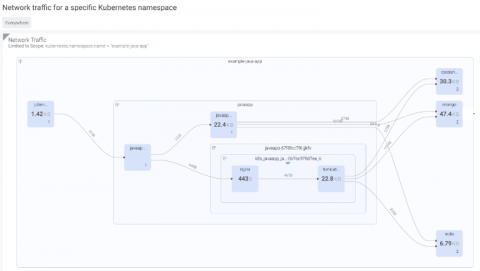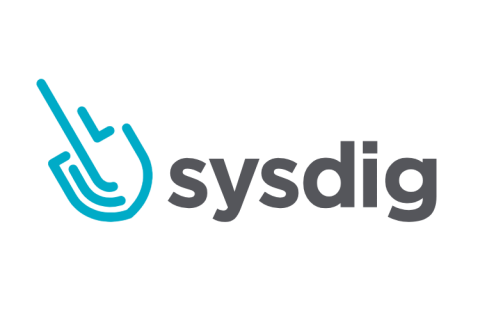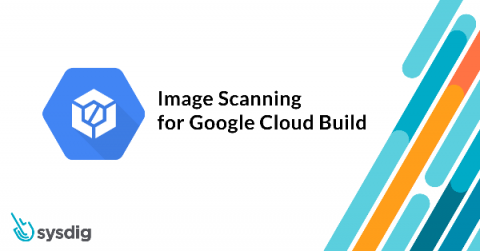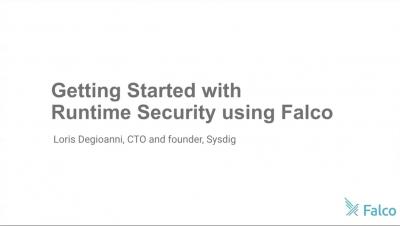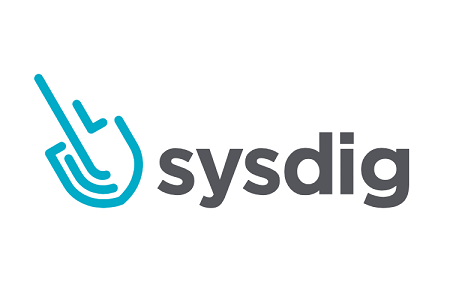Security | Threat Detection | Cyberattacks | DevSecOps | Compliance
Sysdig
SOC 2 compliance for containers and Kubernetes security
This article contains useful tips to implement SOC 2 compliance for containers and Kubernetes. The Service Organization Controls (SOC) reports are the primary way that service organizations provide evidence of how effective their controls are for finance (SOC 1) or securing customer data (SOC 2, SOC 3). These reports are issued by the American Institute of Certified Public Accountants (AICPA).
Understanding and mitigating CVE-2020-8566: Ceph cluster admin credentials leaks in kube-controller-manager log
While auditing the Kubernetes source code, I recently discovered an issue (CVE-2020-8566) in Kubernetes that may cause sensitive data leakage. You would be affected by CVE-2020-8566 if you created a Kubernetes cluster using ceph cluster as storage class, with logging level set to four or above in kube-controller-manager. In that case, your ceph user credentials will be leaked in the cloud-controller-manager‘s log.
NIST 800-53 compliance for containers and Kubernetes
In this blog, we will cover the various requirements you need to meet to achieve NIST 800-53 compliance, as well as how Sysdig Secure can help you continuously validate NIST 800-53 requirements for containers and Kubernetes.
Understanding and mitigating CVE-2020-8563: vSphere credentials leak in the cloud-controller-manager log
While auditing the Kubernetes source code, I recently discovered an issue (CVE-2020-8563) in Kubernetes that may cause sensitive data leakage. You would be affected by CVE-2020-8563 if you created a Kubernetes cluster over vSphere, and enabled vSphere as a cloud provider with logging level set to 4 or above. In that case, your vSphere user credentials will be leaked in the cloud-controller-manager‘s log.
K3s + Sysdig: Deploying and securing your cluster... in less than 8 minutes!
As Kubernetes is eating the world, discover an alternative certified Kubernetes offering called K3s, made by the wizards at Rancher. K3s is gaining a lot of interest in the community for its easy deployment, low footprint binary, and its ability to be used for specific use cases that the full Kubernetes may be too advanced for. K3s is a fully CNCF (Cloud Native Computing Foundation) certified Kubernetes offering.
Image scanning for Google Cloud Build
In this article, you will learn how to add inline image scanning to a Google Cloud Build pipeline using the Sysdig Secure DevOps platform. We will show you how to create a basic workflow to build your container image, scan the image, and push it to a registry. We will also customize scanning policies to stop the build if a high-risk vulnerability is detected.


